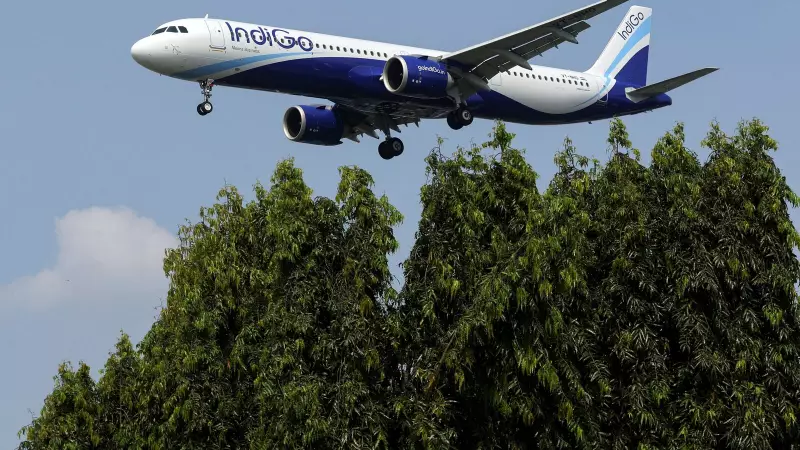
India's aviation giant IndiGo, operated by InterGlobe Aviation, has reported a challenging second quarter where impressive revenue growth was significantly undermined by foreign exchange volatility, resulting in a widened net loss that has caught investor attention.
Financial Turbulence Despite Strong Operations
The airline's Q2 FY2024 results present a tale of two contrasting stories. While operational performance showed robust growth with a 9.3% year-on-year increase in total income, reaching ₹14,944 crore, the bottom line told a different story entirely.
IndiGo's net loss expanded to ₹1,583.3 crore for the quarter ending September 2023, significantly higher than the ₹1,583.3 crore loss recorded in the same period last year. This deterioration occurred despite the strong revenue performance, highlighting the severe impact of external financial factors.
Five Critical Takeaways from IndiGo's Q2 Report
1. The Forex Factor: A Major Drag on Performance
The primary culprit behind the widened losses was a sharp rise in foreign exchange costs. The airline reported a massive foreign exchange loss of ₹1,415.9 crore during the quarter, compared to a relatively modest ₹19.9 crore in the same period last year. This thousand-fold increase demonstrates how currency fluctuations can dramatically impact airlines with significant international operations and dollar-denominated expenses.
2. Capacity Expansion and Passenger Growth
Despite the financial headwinds, IndiGo continued its aggressive expansion strategy. The airline increased its capacity by 26.8% year-on-year while carrying 26.2 million passengers during the quarter, representing a substantial 31.3% increase compared to Q2 FY2023.
3. Improving Operational Metrics
The airline demonstrated operational excellence with several key metrics showing positive trends:
- Passenger load factor improved to 83.3%, up from 79.2% in the same quarter last year
- Network expansion continued with increased frequencies on existing routes
- Fleet modernization and growth remained on track
4. Cost Structure Challenges
While revenue showed healthy growth, total expenses surged by 26.1% to ₹16,788.3 crore. The cost pressure came from multiple directions, including aircraft fuel expenses, employee costs, and the significant forex losses that plagued the quarter's results.
5. Market Position and Future Outlook
IndiGo maintained its dominant position in the Indian aviation market with a 63.4% market share as of September 2023. The airline's management remains optimistic about future prospects, citing strong travel demand and strategic initiatives aimed at long-term growth.
Industry Context and Competitive Landscape
The aviation sector in India continues to experience robust growth in passenger traffic, with IndiGo positioned as the clear market leader. However, the Q2 results underscore the vulnerability of airlines to external economic factors beyond their operational control.
Analyst Perspective: Market experts note that while the forex losses are concerning, they represent non-operational items that may reverse in future periods if currency movements become favorable. The underlying operational strength, evidenced by revenue growth and passenger traffic increases, suggests fundamental business health.
What This Means for Investors
For shareholders and potential investors, the Q2 results highlight both opportunities and risks. The strong revenue growth and market dominance provide confidence in IndiGo's business model, while the forex volatility serves as a reminder of the sector's inherent vulnerabilities.
The airline's focus on cost control, fleet optimization, and network expansion continues to position it well for capturing India's growing air travel market, though currency risk management will remain a critical area to watch in upcoming quarters.





